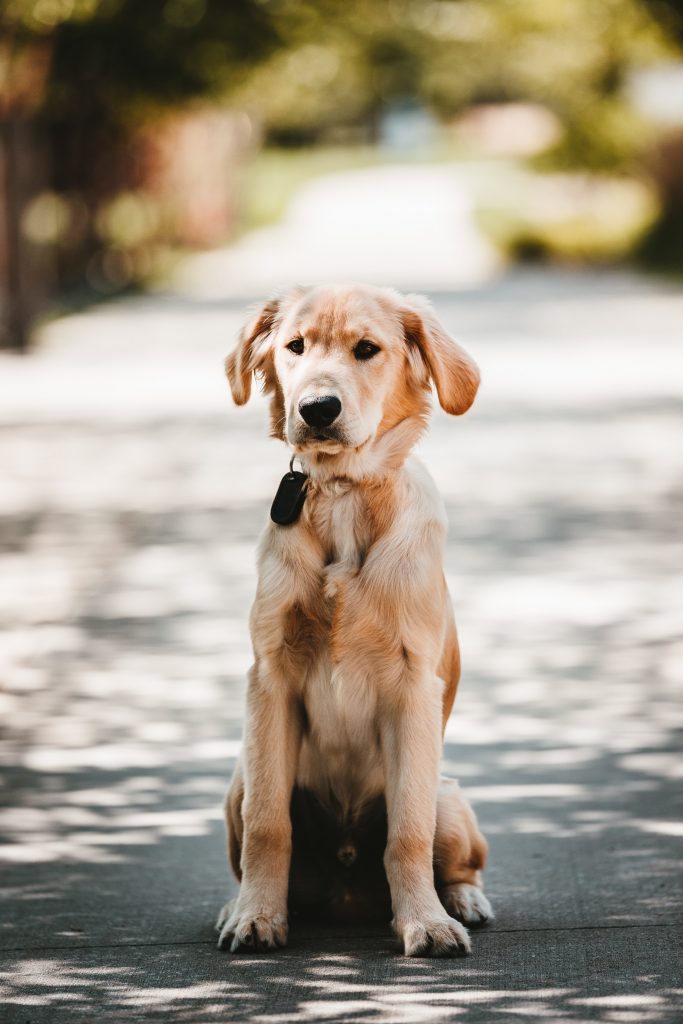Is your dog a good canine citizen? Or have you found training your dog to be an uphill struggle? It was recently Assistance Dog Day, so we thought we’d look at what we can learn from the dog trainers that teach these dogs such amazing things. If you’ve ever enviously looked at a Guide Dog or other Assistance Dog walking calmly down the street, and wondered why your dog can’t do the same- this article is for you.
How Assistance Dogs are Trained

Did you know that assistance dogs generally go through several stages of training and assessment? At around 8-10 weeks of age they’re adopted into foster homes. These wonderful people look after them, socialise them, and teach them some basic commands. Dogs then complete an evaluation at 14-16 months before they start their proper training. This part of training is done with specialist trainers.
What can we learn from Assistance Dog Trainers?
Although these specialist dog trainers are no doubt incredible, the foster owners are ultimately responsible for creating a well-balanced, well-socialised, and well-behaved dog. So, how do they do it?
“I think the first thing is to remember is to stay calm… you will make mistakes when training, but that’s part of the learning process for both puppy and owner!” says Charlotte Harrison, vet and Guide Dog Puppy Walker. “These things take time, and if you want a wonderful family pet you need to put time and effort into the training, it’s as simple as that”.
Therese Smaller, a foster owner for assistance dog charity Canine Partners, agrees. “Break tasks into small chunks, and take short training sessions. You should finish as soon as the puppy has got something right for the first time”.
The Importance of Socialisation
It’s obvious that Guide Dogs and similar charities place huge importance on socialisation, habituation, and learning to learn- as this is all they ask their puppy parents to do for the first year. Charlotte goes on to explain:
“The time before they reach 16 weeks old is crucial, that’s when they need to experience as much as possible and especially the noisy scary stuff to realise that’s it ok. Then it’s on to experiencing everything possible that someone may come across during their daily life – from going on a train, food shopping, going into public toilets, being calm out for dinner – the list is endless!”
It’s a lot of work, but it’s what goes into making a great dog, and the importance is clear from the emphasis these expert trainers place on these key experiences in a dog’s life. Getting them used to all the sights, sounds and smells they’ll need to learn to be okay with is clearly essential.
What it takes to train a Good Canine Citizen
So, if you want your dog to be a well-rounded family dog, good socialisation is paramount. Then you can move onto the training. All good dog trainers agree that positive reinforcement with toys and treats is the best way of training a dog. It also takes patience, and a lot of time. But what should you be looking to teach your dog if you want them to be a good canine citizen?
The basic commands- sit, lie down, and stay- come in handy, and are a great starting point for training. Teaching your dog to walk on a loose lead (‘heel’ or ‘close’) is important too. A good strong recall is important if you want to let your dog off the lead, as this can help them avoid dangerous encounters with other dogs, toxic foods, or traffic.
The Kennel Club Good Citizen Dog Scheme
If you’re serious about making sure your dog has the training necessary to make them a friendly family dog, you could consider enrolling them in a training class. The Kennel Club’s Good Citizen Dog Training Scheme teaches important commands and behaviours for calm, well-controlled dogs. With 1800 training clubs around the country, there’s bound to be one nearby. Dogs are examined and awarded bronze, silver, and gold as they pass the tests. Gold standard citizens must be able to walk calmly both on and off lead, return to handler’s side, go to bed on command, sit and stay whilst their handler moves away, and not eat until given permission. They must also be able to ‘stop’ on command in an emergency situation.
Our Top Three Dog Training Tips (from Assistance Dog Trainers)
- Take your time, and break it up into manageable chunks, stopping regularly for a rest.
- If your dog doesn’t seem to ‘get it’, try to think about it from their point of view- have you rushed something or missed a step?
- Make sure the whole family are using the same commands and actions, otherwise you risk confusing your dog.

